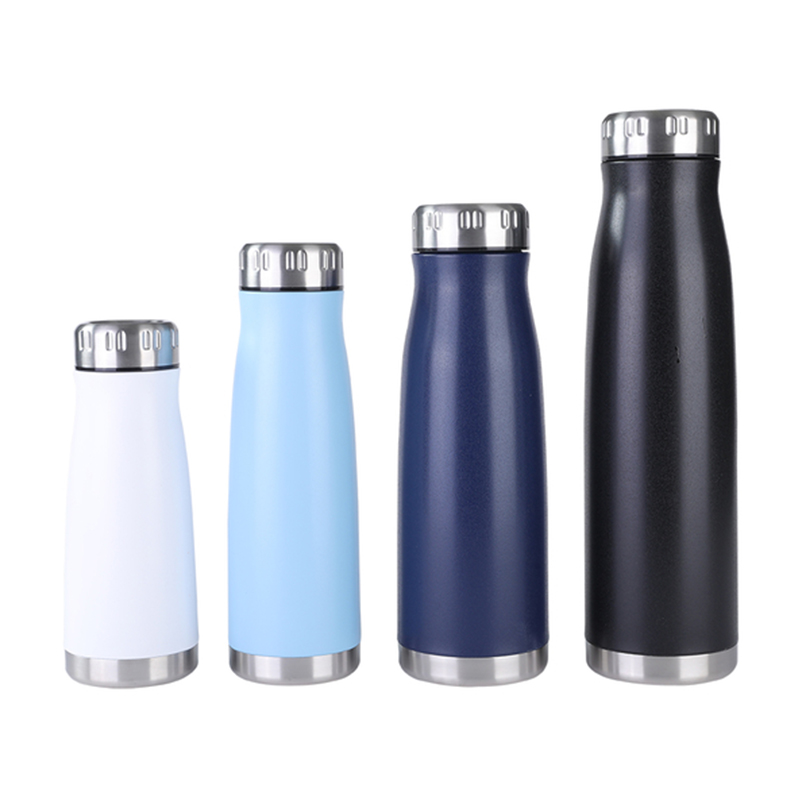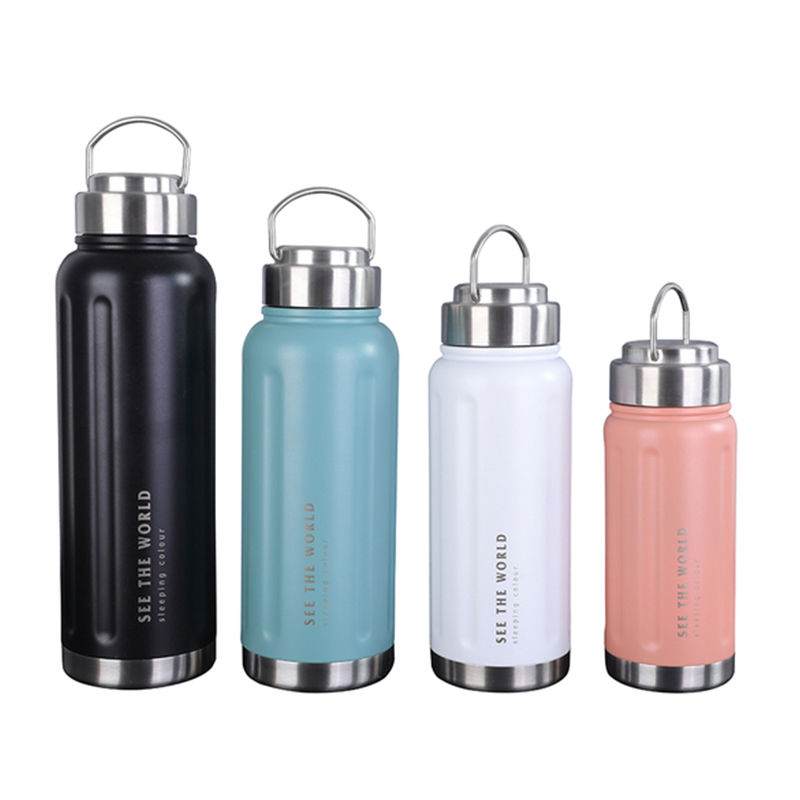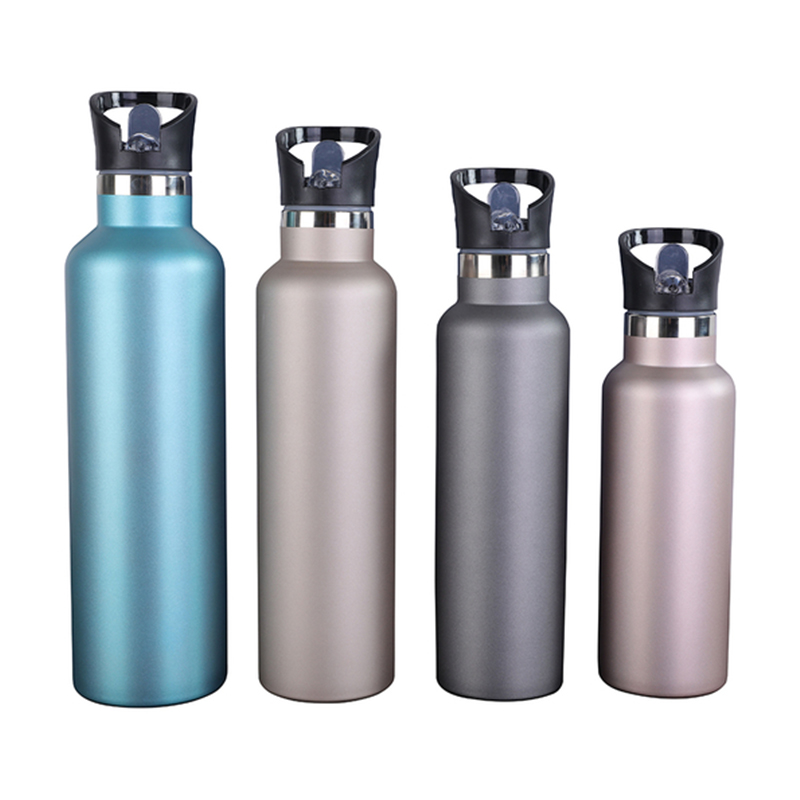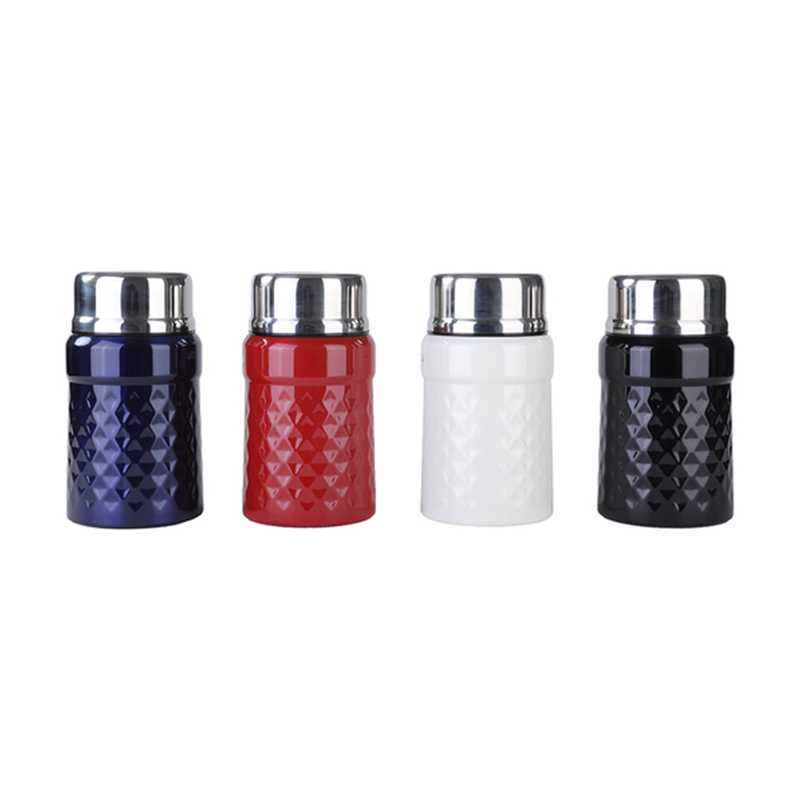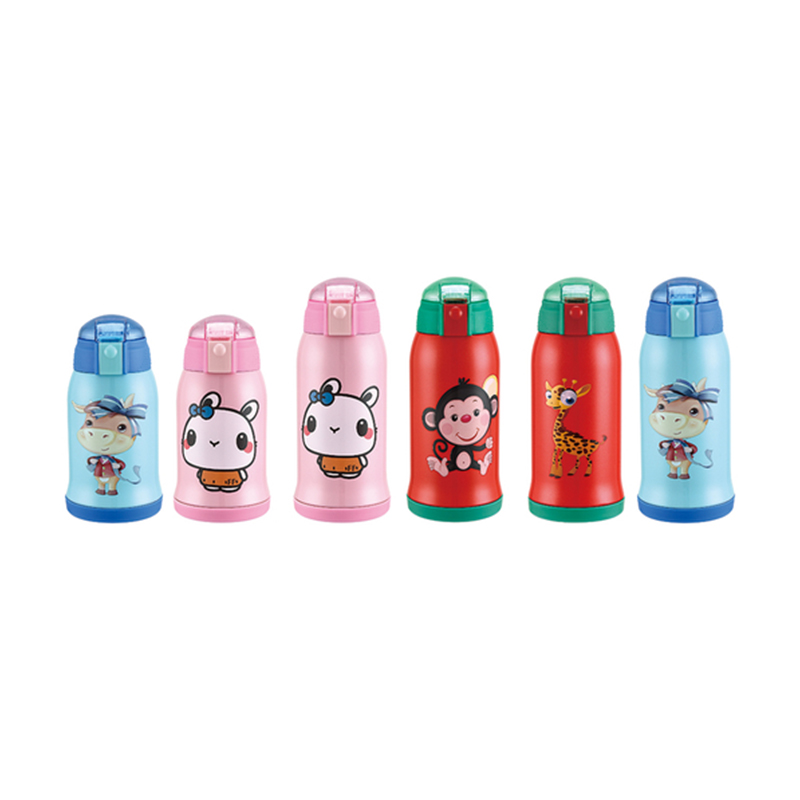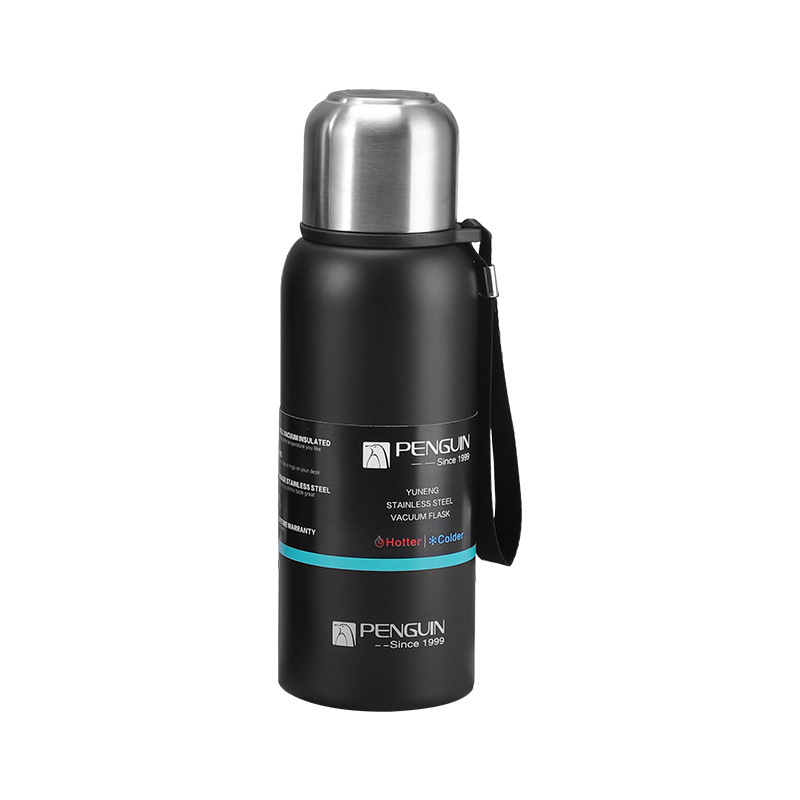Large Capacity Water Bottles: What Affects the Cost?
2025-05-09
Material Quality and Durability
One of the main factors that affect the price of large capacity water bottles is the material used in their construction. Water bottles are typically made from a variety of materials, each offering different benefits and price points.

Plastic: The common material for large capacity water bottles, plastic is lightweight and affordable. However, the type of plastic used can influence the price. BPA-free plastic bottles are generally more expensive than those made with lower-quality plastics due to the added health benefits and durability. Plastic bottles are also prone to scratching and wear over time, which may impact their long-term value.
Stainless Steel: Large capacity water bottles made from stainless steel are typically priced higher than their plastic counterparts. Stainless steel is known for its durability, rust resistance, and ability to maintain the temperature of liquids for extended periods. Vacuum-insulated stainless steel bottles, in particular, can keep drinks cold or hot for many hours, adding to their value and higher price point.
Glass: Glass bottles, while less common for large capacities, are sometimes available. They tend to be more fragile and heavier but offer an environmentally friendly and chemical-free option for water storage. The cost of glass large capacity water bottles is usually higher than plastic but comparable to high-end stainless steel models.
Silicone and Other Materials: Some large capacity water bottles may incorporate other materials, such as silicone or hybrid composites, which can offer additional flexibility or heat resistance. These bottles may come at a premium, depending on the technology and materials used.
Design and Features
The design and features of large capacity water bottles also play a significant role in determining their price. Bottles that come with additional features tend to cost more due to the extra manufacturing complexity and added functionality.
Insulation: One of the common features of large capacity water bottles that increases the price is insulation. Double-walled, vacuum-insulated bottles are often used to keep liquids cold or hot for extended periods. These bottles require more advanced manufacturing processes, and the insulation layer adds to the cost. Insulated large capacity water bottles are particularly popular among people who enjoy outdoor activities or need to keep their drinks at a specific temperature.
Cap and Lid Designs: The cap or lid design is another factor influencing the price. Some large capacity water bottles come with flip-top lids, wide-mouth openings, or even one-handed operation mechanisms that add convenience and ease of use. Special features like leak-proof lids, built-in straws, and easy-carry handles are common in high-end models and increase the overall cost.
Customization and Branding: Customization options, such as personalized engravings or branded designs, can also affect the price. Limited edition or designer large capacity water bottles with unique patterns or logos can command a premium price due to their exclusivity or brand appeal.
Size and Capacity
The size and capacity of the bottle directly influence its price. As the name suggests, large capacity water bottles are designed to hold more water, typically ranging from 32 ounces to 64 ounces, and sometimes even larger. The greater the capacity, the more material is required to manufacture the bottle, which naturally increases the cost.
Standard Sizes: Many large capacity water bottles come in popular sizes like 40, 50, or 64 ounces, which strike a balance between portability and hydration needs. These sizes are usually moderately priced compared to large models.
Extra-Large Sizes: Large capacity water bottles with very high capacities (e.g., 100 ounces or more) are often priced higher due to the additional materials required and the more complex manufacturing process. These bottles are often marketed toward athletes, campers, or people who require hydration for extended periods.



 English
English  日本語
日本語  Deutsch
Deutsch 



